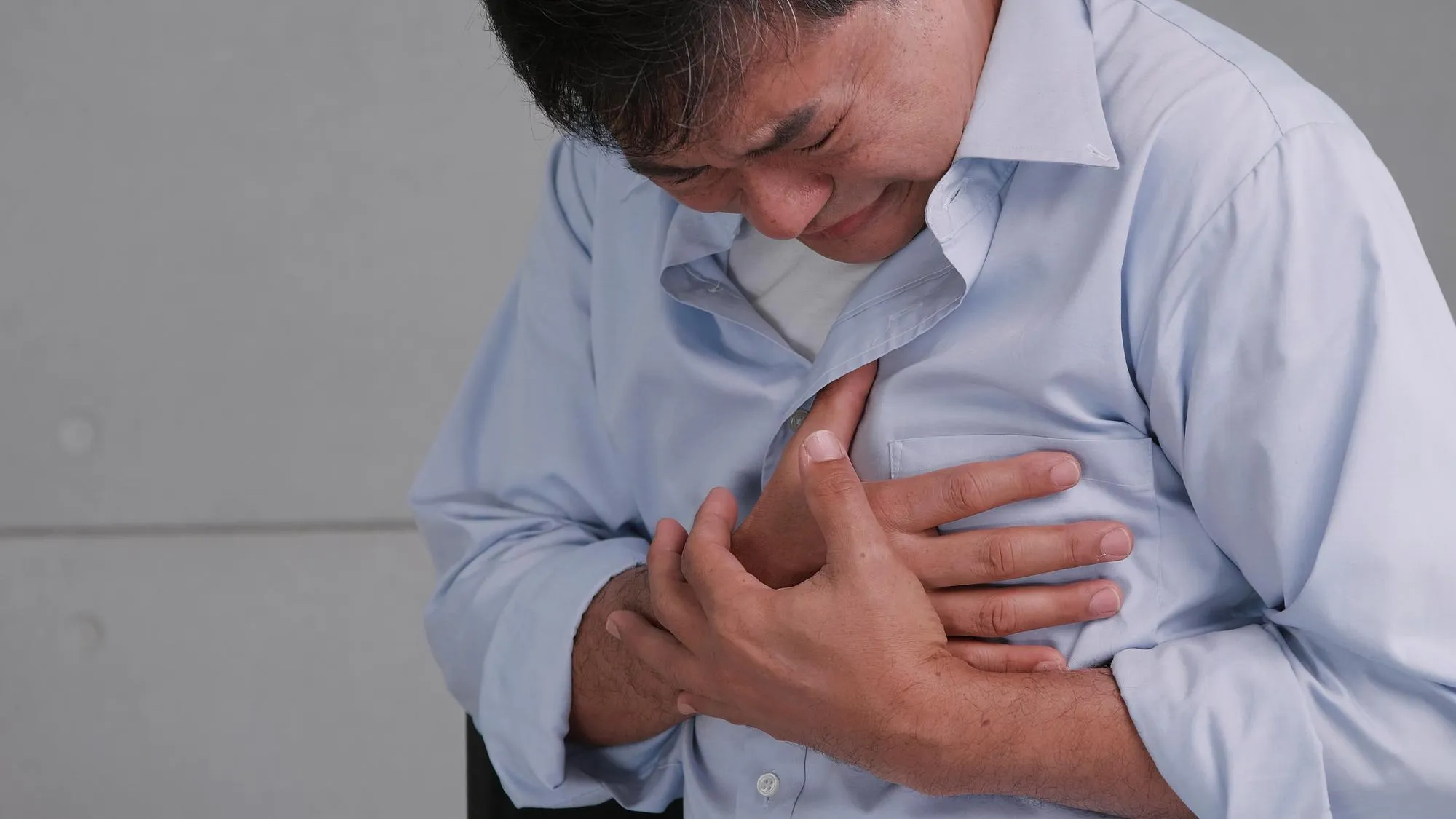Introduction
Severe thoracic trauma poses a significant challenge to medical professionals due to the critical nature of the injuries and the complexities involved in patient management. In the face of such adversities, advancements in medical technology provide glimmers of hope. Among those advancements, the use of Veno-Venous Extracorporeal Membrane Oxygenation (VV-ECMO) has emerged as a revolutionary medical procedure that offers critically injured patients a chance at survival where conventional treatments may fail. This article provides an in-depth look at a case report published in the Journal of Cardiothoracic Surgery (DOI: 10.1186/s13019-019-0908-9), illustrating the remarkable recovery of a patient with severe blunt thoracic trauma managed with VV-ECMO.
The Case and Its Complexity
In the 2019 case report authored by Fumihiro Ogawa et al., a 32-year-old male presented with bilateral hemopneumothorax and bilateral flail chest, the result of a traumatic traffic accident. Despite undergoing an emergency thoracotomy to control active bleeding and achieving circulatory stability, his condition deteriorated under mechanical ventilation. It was at this juncture that VV-ECMO was considered as a viable option, albeit with conscious awareness of its associated risks, particularly bleeding complications due to systemic anticoagulation requirements.
VV-ECMO: A Lifesaving Decision
VV-ECMO works by oxygenating the patient’s blood outside of the body, allowing the lungs to rest and heal. In this patient’s case, the transition to VV-ECMO was further complicated by increased bleeding from bilateral lung contusions prompting the medical team to switch to a heparin-free ECMO protocol. The judicious management of this procedure turned the tide in favor of the patient’s recovery, leading to the controlling of bronchial bleeding and improvement in oxygenation. Furthermore, advanced measures to maintain high ECMO flow settings without heparin were essential to prevent thrombosis, particularly in the setting of trauma-induced coagulopathy.
Detailed Approach and Outcomes
This case report serves as an illuminating example of the detailed approach involved in managing complex trauma patients with VV-ECMO. The patient’s response was diligently monitored, and he was weaned off VV-ECMO and mechanical ventilation on days 10 and 11, respectively. The discharge from the ICU followed on day 15, highlighting a successful outcome devoid of significant complications.
Discussion and Implications for Trauma Management
The use of VV-ECMO in trauma patients warrants a careful balancing act; while life-saving in cases of severe respiratory failure, the risk of bleeding due to systemic anticoagulation cannot be ignored. This case report illustrates that in situations where traditional management fails, VV-ECMO can provide a vital time window for lung recovery, especially when bleeding risks are proactively managed as seen in this patient’s heparin-free ECMO protocol. It also underscores the possibility of adjusting ECMO protocols to meet individual patients’ needs in a trauma setting.
Ethical Consideration and Consent
Ethical approval for this study was granted by the local ethics committee at Yokohama City University Center Hospital, ensuring that all procedures performed were in accordance with ethical standards. Additionally, informed consent for publication was obtained from the patient, in adherence with journal requirements.
The Future of ECMO in Trauma Care
Advancements in ECMO technology and protocols lend promise to its future application in trauma care. A key element of future research will be optimizing ECMO use without systemic anticoagulation, minimizing bleeding risks, and personalizing ECMO settings based on patient-specific factors. As ECMO becomes more refined, its role in providing lifesaving support to trauma patients with respiratory distress may become more significant.
Conclusion
The successful application of VV-ECMO in the case report by Ogawa F. et al. for severe blunt thoracic trauma signifies a milestone in trauma patient care. This case not only serves as a beacon guiding trauma management but also opens new avenues of research and development in the use of ECMO in complex trauma scenarios.
References
1. Ogawa F, et al. (2019). A case report: Veno-venous extracorporeal membrane oxygenation for severe blunt thoracic trauma. Journal of Cardiothoracic Surgery. DOI: 10.1186/s13019-019-0908-9.
2. Ried M, et al. (2013). Extracorporeal lung support in trauma patients with severe chest injury and acute lung failure: a 10-year institutional experience. Critical Care. DOI: 10.1186/cc12782.
3. Arlt M, et al. (2010). Extracorporeal membrane oxygenation in severe trauma patients with bleeding shock. Resuscitation. DOI: 10.1016/j.resuscitation.2010.02.020.
4. Hill JD, et al. (1972). Prolonged extracorporeal oxygenation for acute post-traumatic respiratory failure (shock-lung syndrome). The New England Journal of Medicine. DOI: 10.1056/NEJM197203232861204.
5. Madershahian N, et al. (2007). Application of ECMO in multitrauma patients with ARDS as rescue therapy. The Journal of Cardiac Surgery. DOI: 10.1111/j.1540-8191.2007.00381.x.
Keywords
1. Veno-venous ECMO Trauma
2. Severe Thoracic Injury ECMO
3. Blunt Chest Trauma Management
4. Non-heparinized ECMO Approach
5. Traumatic Respiratory Failure ECMO
